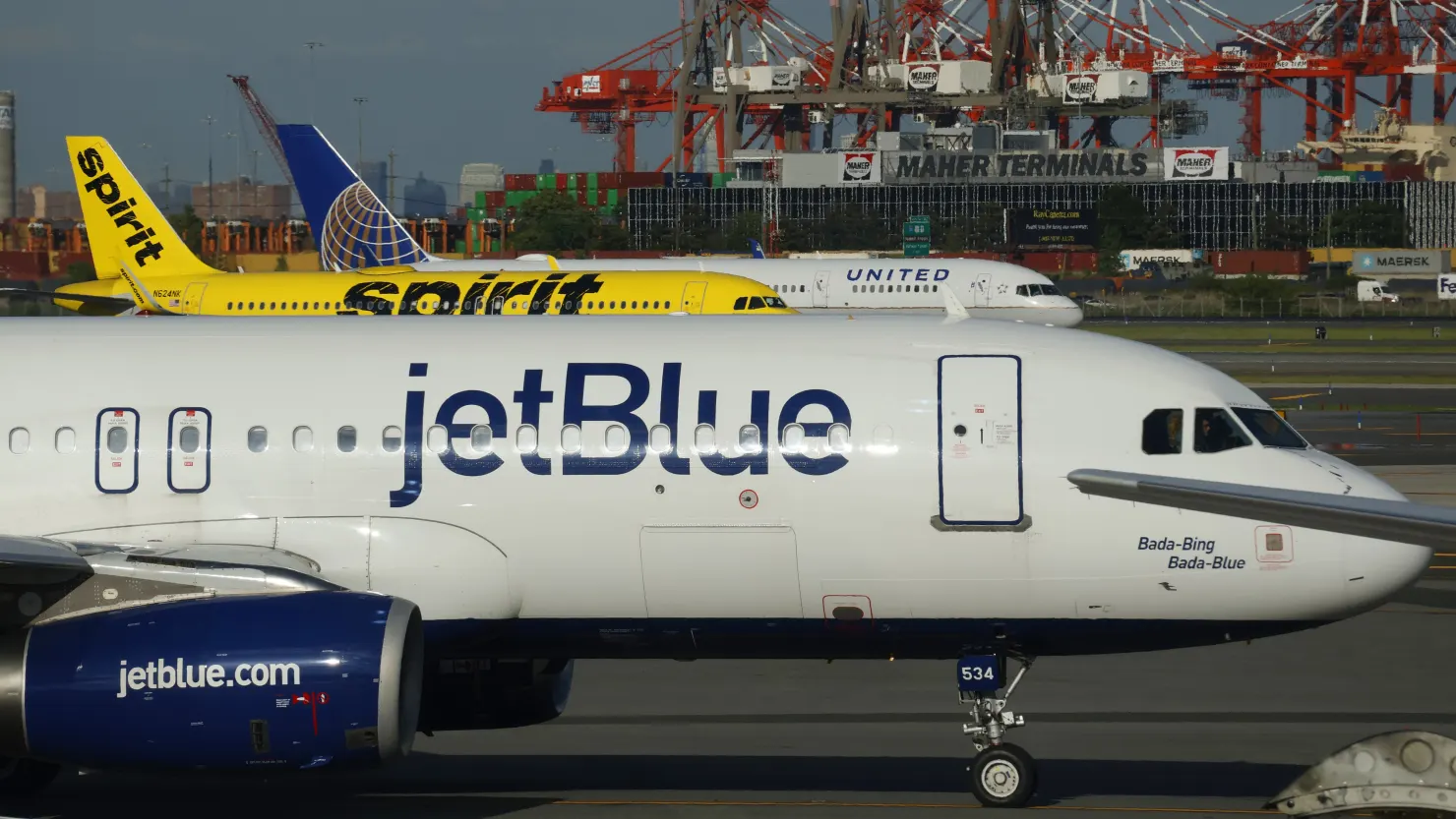The global aviation industry is no stranger to turbulence, with low-cost airlines constantly adapting to changing market dynamics. In recent years, the emergence of new aircraft models has significantly influenced how these airlines operate, leading to strategic cutbacks and adjustments. This article explores where low-cost airlines are cutting back now, with a focus on the impact of new planes on their operations, fleet management, and cost structure.
The Rise of New Aircraft Models
The introduction of fuel-efficient and technologically advanced aircraft, such as the Airbus A320neo and Boeing 737 MAX, has been a game-changer for low-cost airlines. These planes promise reduced fuel consumption, lower maintenance costs, and increased passenger capacity. As a result, many budget carriers are investing heavily in these new models to enhance their competitiveness and profitability.
However, while new planes offer numerous advantages, they also come with significant upfront costs. The financial burden of acquiring these aircraft has led many low-cost airlines to reassess their operations and make strategic cutbacks.

Route Reductions and Network Optimization
One of the most noticeable areas where low-cost airlines are cutting back is in their route networks. To offset the cost of new aircraft, many airlines are reducing the number of flights on less profitable routes or suspending services to secondary destinations altogether. This strategy allows airlines to concentrate their resources on high-demand routes, where the new planes can be utilized more efficiently.
For example, airlines may choose to focus on routes with higher passenger loads, such as popular holiday destinations or major business hubs, while cutting back on regional or low-traffic routes. This not only helps to maximize the utilization of the new aircraft but also ensures that the airlines can maintain profitability in a competitive market.
Fleet Modernization and Retirement of Older Aircraft
Another area where low-cost airlines are making cutbacks is in their fleet composition. The arrival of new aircraft has prompted many carriers to accelerate the retirement of older, less fuel-efficient planes. While this move is part of a broader fleet modernization strategy, it also reduces the overall number of planes in operation, leading to fewer available seats and potentially higher ticket prices for passengers.
The retirement of older aircraft can also lead to a reduction in service frequency on certain routes, as airlines consolidate their schedules to make the most efficient use of their new planes. This is particularly true for routes that are served by older planes that are being phased out, where service may be reduced or even eliminated entirely.
Impact on Operational Costs and Ticket Prices
The acquisition of new planes has a direct impact on the operational costs of low-cost airlines. While these aircraft are more fuel-efficient, the cost savings are often offset by the high purchase price and the need for additional crew training and maintenance. As a result, airlines may pass on some of these costs to passengers in the form of higher ticket prices, particularly on routes where competition is limited.
In some cases, airlines may also introduce additional fees or reduce the number of included services, such as in-flight meals or baggage allowances, to help cover the cost of their new planes. This trend is likely to continue as more low-cost carriers invest in modernizing their fleets.
Strategic Alliances and Code-Sharing Agreements
To mitigate the financial impact of acquiring new planes, some low-cost airlines are entering into strategic alliances or code-sharing agreements with other carriers. These partnerships allow airlines to share resources, such as aircraft and routes, which can help to reduce costs and improve efficiency.
For example, a low-cost airline may partner with a larger carrier to operate flights on certain routes, allowing both airlines to benefit from shared revenue and reduced operating expenses. These alliances can also provide passengers with more travel options and greater connectivity, even as individual airlines cut back on their route networks.
Challenges and Opportunities Ahead
While the introduction of new planes presents several challenges for low-cost airlines, it also offers significant opportunities for growth and expansion. By investing in modern, fuel-efficient aircraft, airlines can position themselves to capitalize on the growing demand for air travel, particularly in emerging markets.
However, the need to make strategic cutbacks to offset the cost of these planes highlights the delicate balance that low-cost airlines must maintain between growth and profitability. As the industry continues to evolve, it will be interesting to see how these airlines navigate the challenges and opportunities presented by their new fleets.
In conclusion, the impact of new planes on low-cost airlines is multifaceted, influencing everything from route networks and fleet composition to operational costs and ticket prices. While these changes may lead to cutbacks in certain areas, they also position low-cost carriers for future growth and success. For more insights on the latest trends in the aviation industry, visit Digital Digest.




